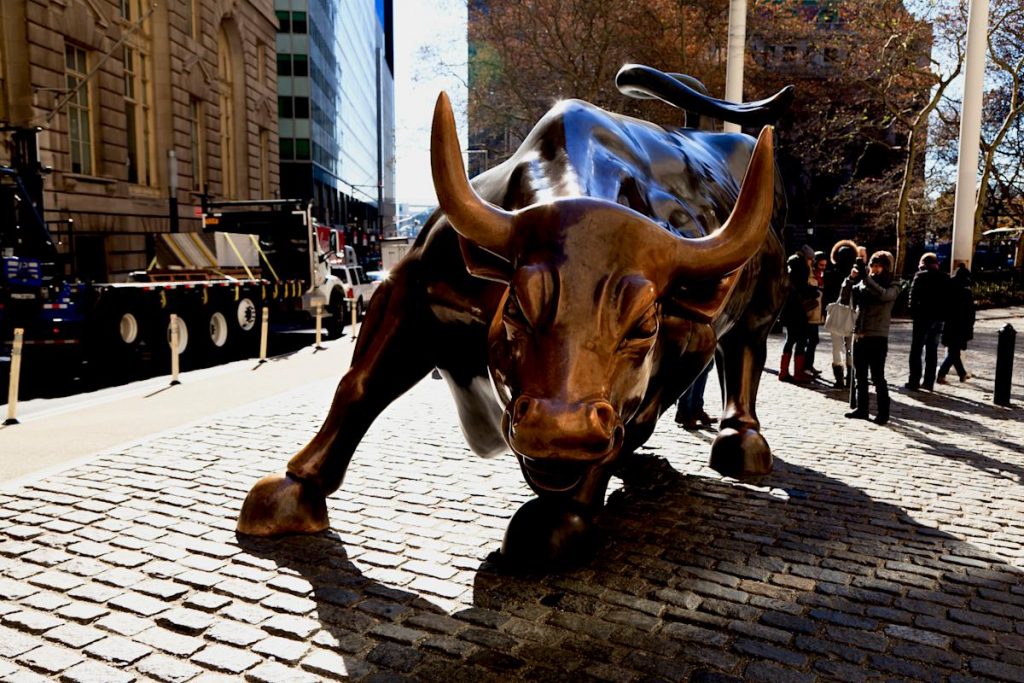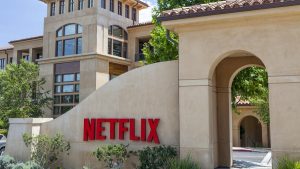Wall Street strategists lift S&P targets ahead of earnings season on ‘fundamental strength’

Stocks kicked off the week near record highs on Monday as investors looked ahead to earnings season to weigh whether the AI boom, Fed easing, and resilient economic data can keep powering the rally higher.
Despite mounting concerns over a government shutdown and fresh warnings of an AI “bubble,” strategists across Wall Street say there’s still upside for US equities heading into year-end.
Ed Yardeni, veteran market watcher and president of Yardeni Research, raised his S&P 500 (^GSPC) target back to 7,000, describing the current rally as a “slow-motion melt-up” fueled by earnings resilience and further support from Fed rate cuts.
Evercore ISI’s Julian Emanuel echoed that view, keeping a base-case target of 7,750 for 2026 and assigning a 30% chance of a “bubble scenario” that could see the S&P 500 hit 9,000 by the end of next year, driven by accelerating capital markets and continued AI investment.
Signs of that exuberance are already emerging: On Monday, OpenAI (OPAI.PVT) announced a multibillion-dollar deal with AMD (AMD) that gives the ChatGPT maker the right to acquire up to 10% of the chipmaker as part of what executives have described as “the world’s most ambitious AI buildout.”
That wave of AI spending has prompted several high-profile voices to weigh in. Last week, Amazon (AMZN) founder Jeff Bezos described the current boom as a “good kind of bubble” that could spark massive investment and innovation, ultimately benefiting the broader economy.
Meanwhile, Goldman Sachs (GS) CEO David Solomon offered a more cautious tone, warning that while tech and stimulus tailwinds could keep the economy accelerating into 2026, investors should not be surprised to see a drawdown in the next 12 to 24 months as some capital fails to generate returns.
The debate over whether markets are veering into bubble territory comes as valuations hover well above historical norms.
According to DataTrek Research, the S&P 500 is trading at about 25 times expected earnings for this year, a level the firm said “reflects complete confidence (and then some)” that profits will meet expectations. That implies earnings will climb 13% next year and another 10% in 2027.
That means “higher valuations than historical norms are the key to further upside for the S&P 500,” DataTrek Research co-founder Nicholas Colas wrote. He added that “solid earnings growth over the next 2–3 years [is] already baked into stock prices.”
In other words, much of this rally still rests on the shoulders of Big Tech.
Do you want to build your own blog website similar to this one? Contact us








